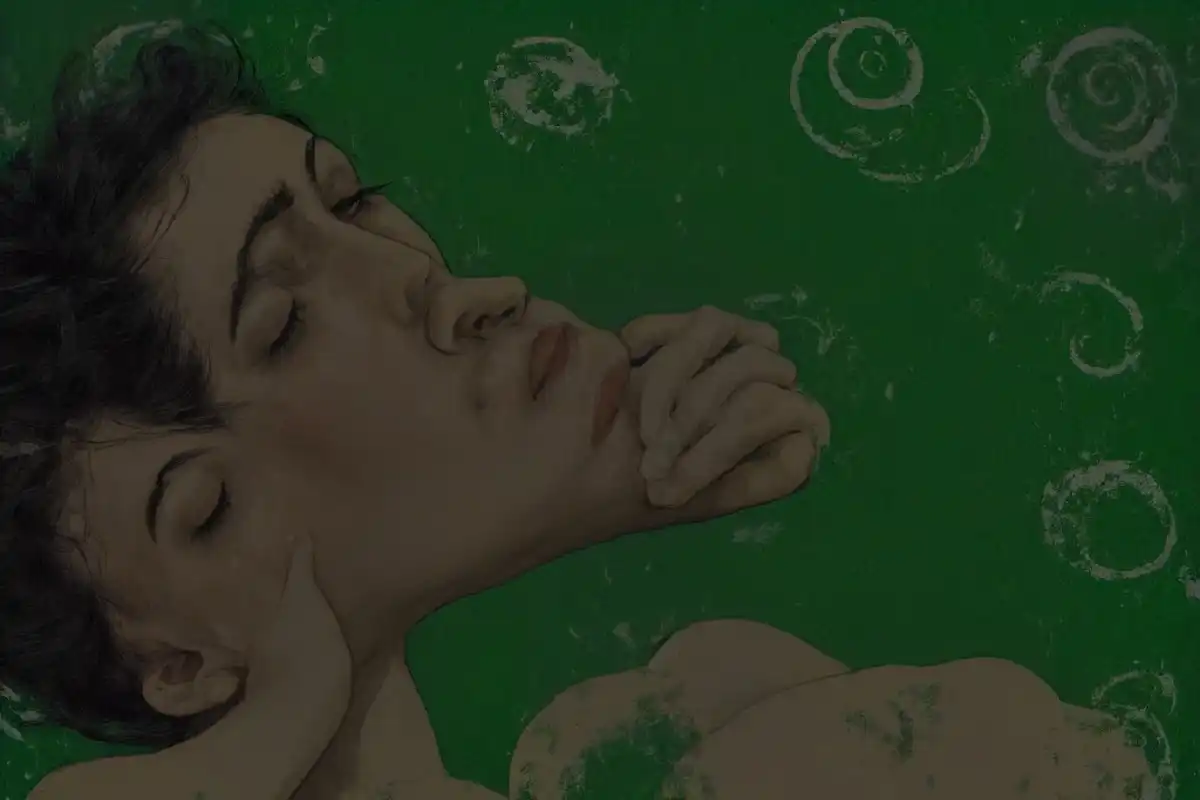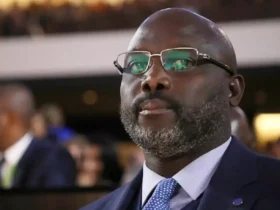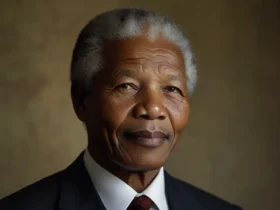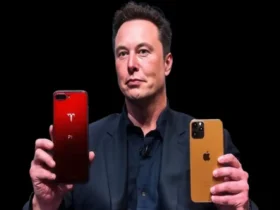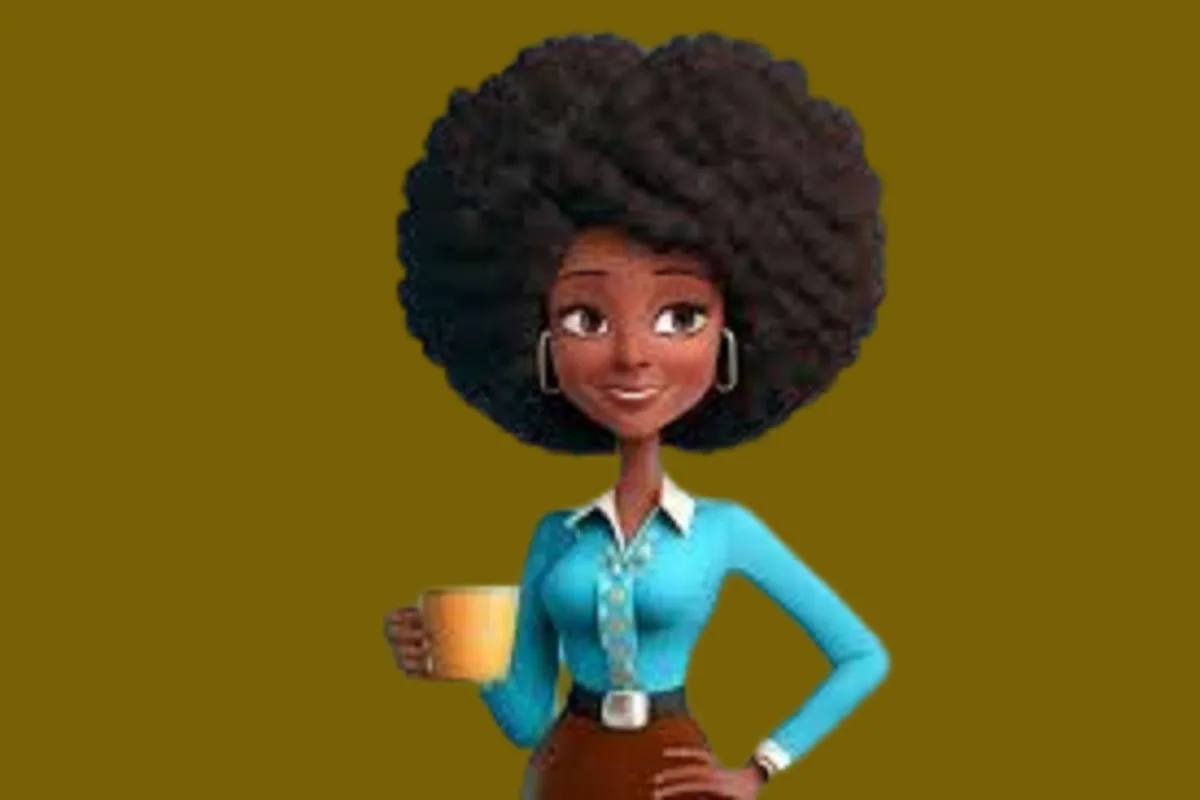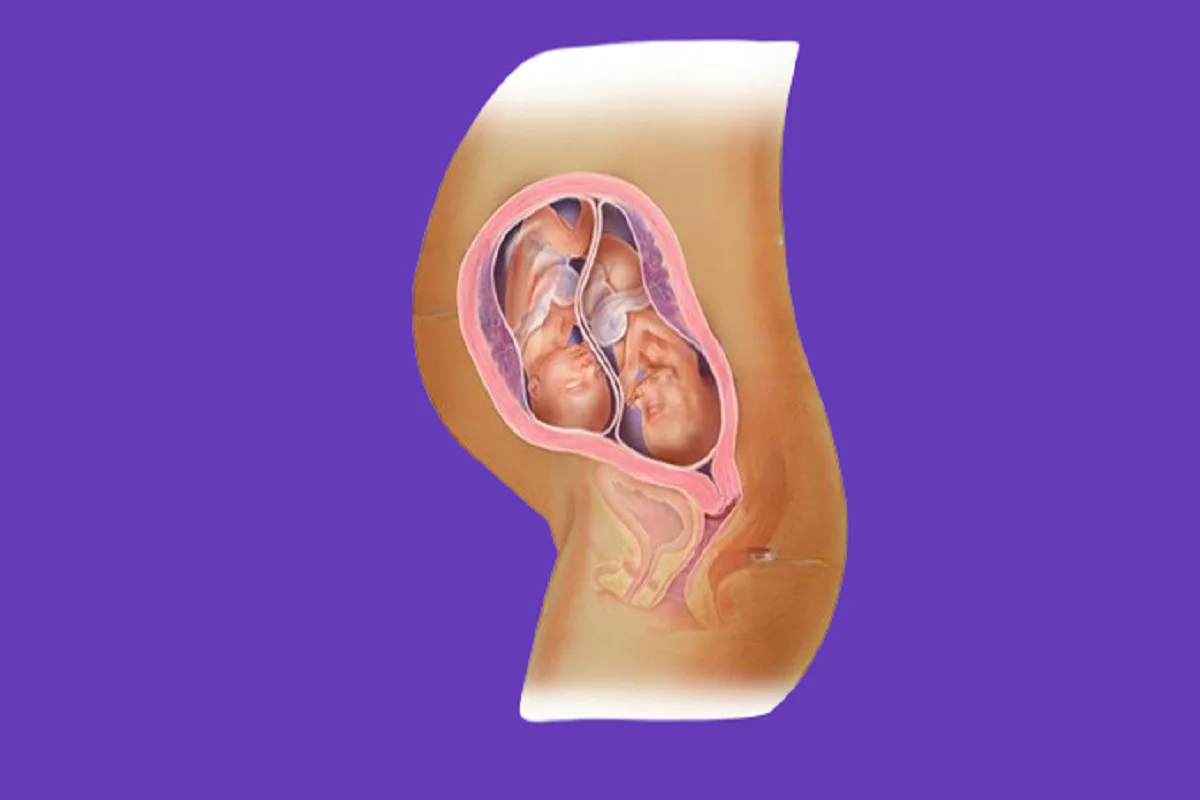Hair serves a variety of functions, including:
1. Protection
- Scalp Hair: Protects the scalp from ultraviolet (UV) radiation and physical injury, reducing the risk of sunburn and trauma.
- Eyelashes: Act as barriers, protecting the eyes from dust, debris, and small particles, which helps prevent irritation and potential infections.
- Eyebrows: Serve to divert sweat, water, and other debris away from the eyes, maintaining clear vision and protecting the eyes from irritants.
- Nasal Hair: Filters and traps dust, pathogens, and other particles, preventing them from entering the respiratory system and causing infections.
- Ear Hair: Helps prevent dust and small insects from entering the ear canal, protecting the inner ear from foreign particles.
2. Regulation of Body Temperature
- Insulation: Hair traps a layer of air next to the skin, providing an insulating barrier that helps retain body heat in cold environments.
- Sweat Wick: Hair can wick sweat away from the skin, aiding in the evaporation process and helping to cool the body down during hot conditions or physical exertion.
3. Sensory Function
- Vibrissae (Whisker-like Hairs): Found around the face, these hairs are highly sensitive to touch and can detect minute changes in the environment, helping with spatial awareness.
- Tactile Function: Hair follicles are rich in nerve endings, making hair responsive to light touch and helping detect movements on the skin, enhancing the sense of touch.
4. Communication and Social Signaling
- Expression of Emotions: Hairstyles can be used to express emotions, personal identity, and social status, serving as a non-verbal form of communication.
- Cultural and Social Identity: Hairstyles often carry significant cultural, religious, and social meanings, reflecting group identity and traditions.
- Sexual Attraction: Hair is often styled and groomed to enhance attractiveness and signal sexual availability or desirability.
5. Reproductive Role
- Pubic and Axillary Hair: These hairs may play a role in sexual attraction by trapping and dispersing pheromones, which are chemicals that can influence sexual behavior.
- Sign of Maturity: The growth of pubic and axillary hair is a secondary sexual characteristic that indicates puberty and sexual maturity, signaling reproductive capability.
6. Health Indicator
- Nutritional Status: The condition of hair can reflect overall health and nutritional deficiencies. For example, brittle or thinning hair can indicate a lack of essential nutrients.
- Medical Diagnosis: Changes in hair growth, texture, or color can be indicators of underlying health conditions, hormonal imbalances, or diseases, making hair a diagnostic tool in medicine.
7. Friction Reduction
- Underarm and Pubic Hair: Reduces friction during physical activities, protecting the skin from chafing and irritation, especially in areas with skin-to-skin contact.
8. Preventing Heat Loss
- Body Hair: While less dense than in other mammals, body hair still provides a degree of insulation, helping to reduce heat loss from the body.
9. Camouflage
- Primitive Function: In ancient times, body hair helped humans blend into their natural environment, aiding in hunting and protection from predators by providing camouflage.
10. Cosmetic and Fashion Purposes
- Personal Grooming: Hair is styled, cut, and colored for aesthetic and fashion reasons. This reflects individual personality, cultural norms, and current trends, playing a significant role in personal grooming and social interaction.
These roles illustrate the multifaceted importance of hair in human life, encompassing physiological, sensory, social, and cultural functions.


